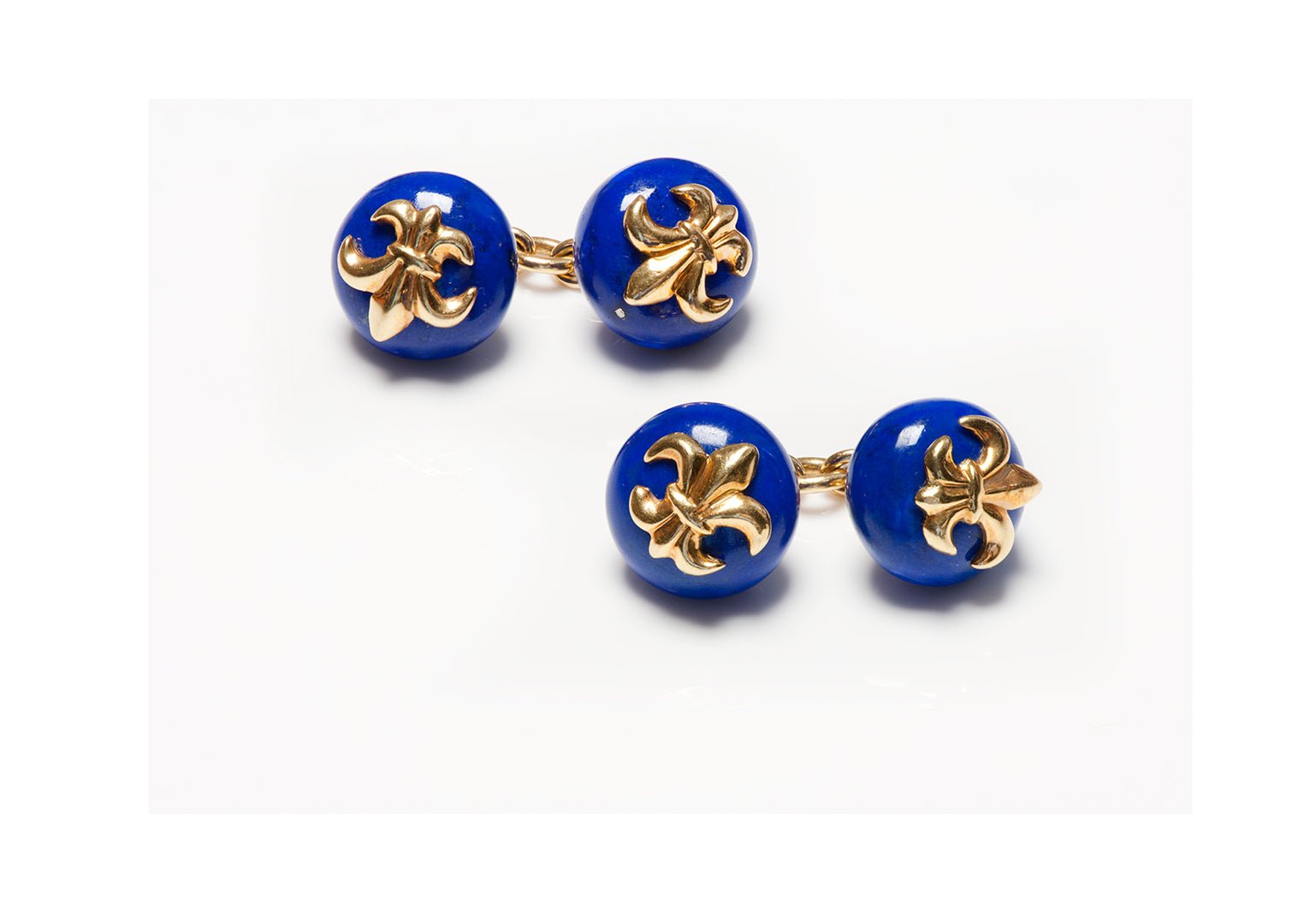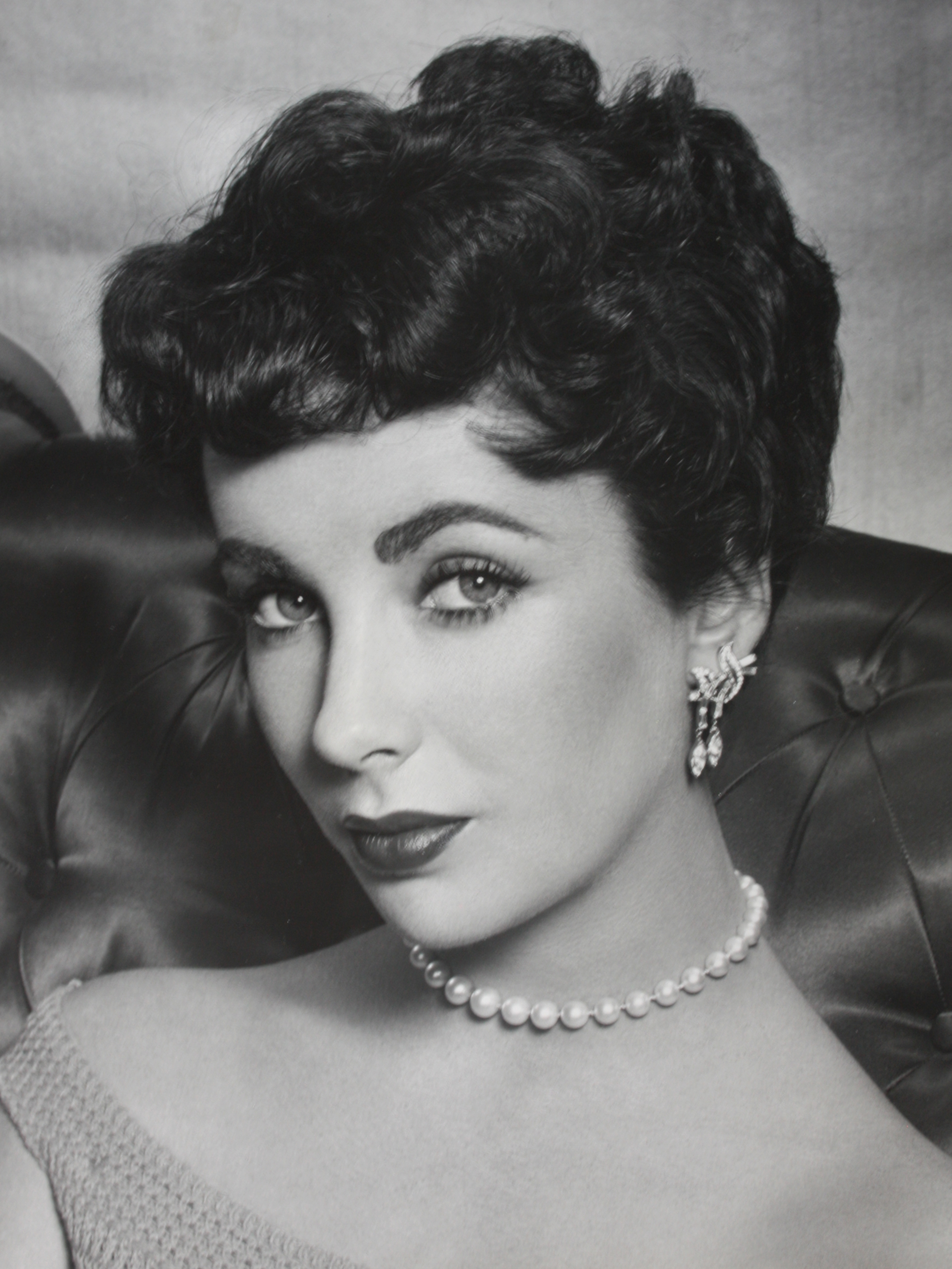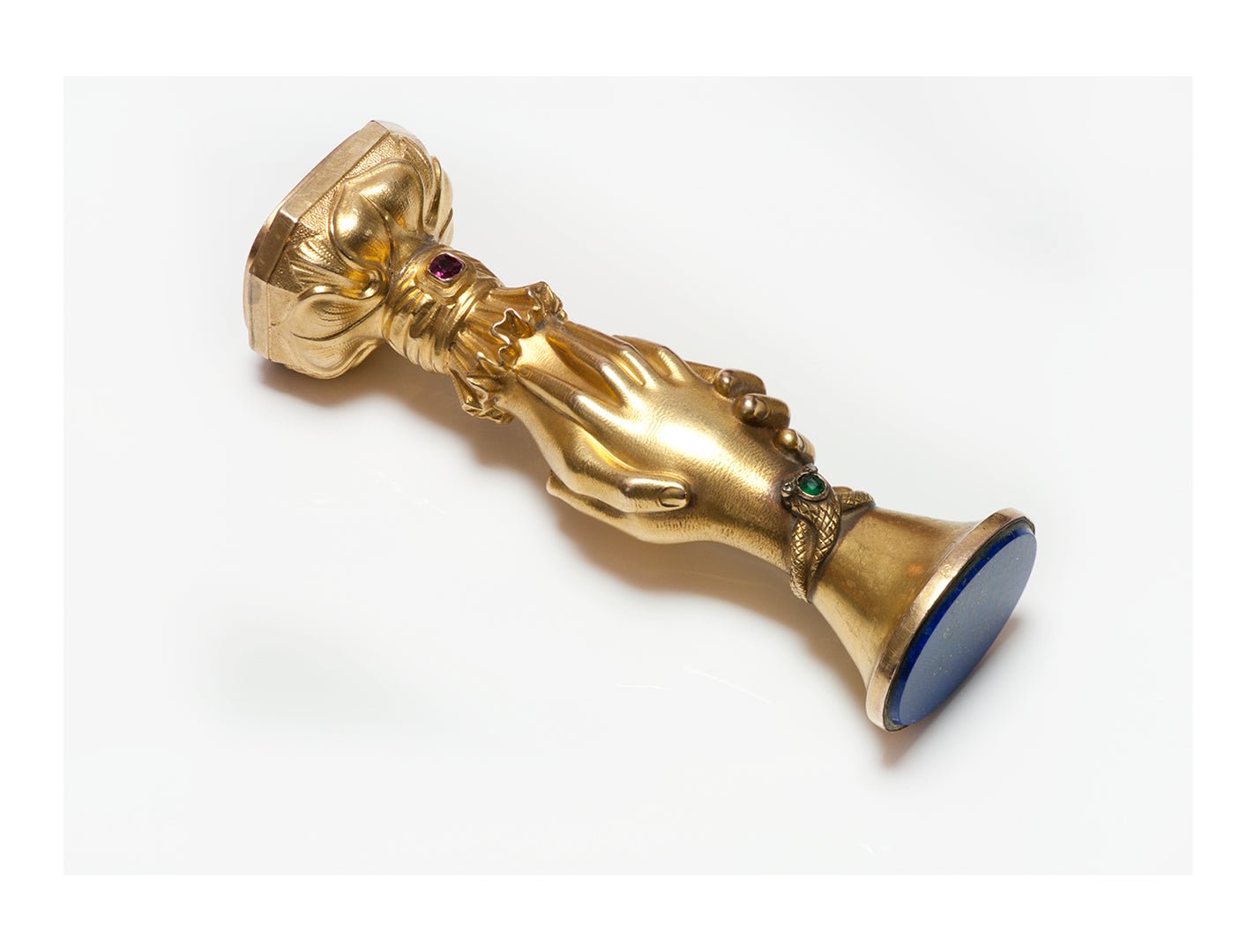
A Guide to Cufflinks Gentleman’s Most Defining Accessories
Cufflinks
In earlier times men’s shirt cuffs were held together with ribbon or string. Later, a stitched hole was devised to connect two buttons with a chain.
Cufflinks allow a man to express his personal style. Plain and simple designs for everyday wear and fancier styles often set with gem stones for more formal occasions. They also make wonderful gifts to be given to fathers, sons, and friends for birthdays, graduations and weddings.
Cufflinks, one of the gentleman’s most defining accessories, date back to the 17th century and were mainly worn by the aristocracy and monarchs, replacing sleeves fastened with buttons or tied by ribbon at the wrist. They rose to popularity in the 19th century when cuffs and collars were made for durability making them too stiff to secure with a simple button.
Cufflinks were designed to secure open shirt cuffs more easily and are attached through an open button hole on each side of the cuff, showing an ornamental button on both sides. With contrasting colors working best with a crisp white or pale blue shirt they have been a staple of men’s fashion ever since. Many have been gratefully received as gifts.
Although small, cufflinks can make a huge impact on a person’s appearance. Men’s cufflinks come in a wide variety of styles and materials such as precious metals, others enameled in stunning colors or engraved with one’s initials. We thought we’d make things easy by creating a short buying guide to help you search for the perfect pair.
Material
The first decision to make is which material to buy and this will largely govern the price of these miniature art forms. Consider the environment of the wearer: Will he attend business meetings? Formal events? A special occasion? The cufflinks should be appropriate for the intended occasion and location. Some of the most popular materials include:
- Gold The most versatile metal which comes in many colors that be basic or intricate.
- Platinum - Fashioned into stud sets or full dress sets used for formal events.
- Silver - The choice of artisans for modern designs. Silver links can be less expensive and thereby available to a wider audience.
- Titanium - more lightweight and suitable for any occasion due to its durability. Its appearance is grayer then platinum, silver or stainless steel.
- Gunmetal - a bronze alloy with a dark grey hue. A more affordable option if you’re buying in multiples, like for groomsmen at a wedding.
- Stainless steel - has a classic silvery color and is favored for its versatility, relatively inexpensive price tag and the fact that it won’t irritate or tarnish the skin.
The Color of Cufflinks
One should match the color of the cufflinks to other pieces of jewelry that you are wearing such as a watch or ring. For instance, yellow gold links go better with a yellow gold watch.
- Enamel is powdered glass which has been fused to create a smooth and durable glossy material. It is set into the metal with stunning, vibrant colorful results.
- Glass is more resilient than it sounds and should be similar to the texture and look of marbles.
- Semi-Precious Stones such as gemstones, and precious crystal, mother of pearl, onyx and hematite are all common adding a bit of flair when set in metal cufflinks. Prices can vary widely depending on the stone used in these jewel encrusted treasures.
- Silk and other colorful fabric cufflinks are a more casual option and typically come in knot and cord styles.
Styles of Cufflinks
It doesn’t matter what kind of cufflink you wear, it comes down to personal choice. Here are a few of the most common styles:
- Chain link cufflinks are the most traditional styles and have two identical heads held together by a metal chain. This creates a slightly looser fastening than other styles, with visible decoration on both sides of the closed buttonholes.
- Bullet back, also known as toggle closure, is the most common style of cufflink today and consists of a large head or “insert member” with a decorative front face a swivel bar hinged between two posts. The bar is turned parallel to the posts when inserting through the buttonhole, then turned to 90 degrees to fasten.
- Whale back cufflinks work similar to toggle closures but feature a single post connected to a flat ‘whale tail’ by a hinge. They’re the most common on the market and the easiest to handle because of their size.
- Ball return and stud cufflinks have no hinge mechanism, or moving part. They have fixed backs that are more secure than toggle closures and whale backs, but they are more difficult to put on. The smaller head is tilted, worked through the button hole, and then straightened out to lock it in place. Once in place, they are quite secure, and the lack of moving parts makes them very durable.
- Cord and knot styles are mostly limited to fabric cufflinks and are the most affordable, but least durable. They feature two knotted ends held together by a piece of the material used to make them and are more suited to daily use.
Brand Cufflinks
As with almost any type of jewelry, you can choose from hundreds of brands and designers. For antique and vintage cufflinks some of the most famous and stylish European brands such as Cartier, Boucheron, Faberge, Van Cleef et Arpels as well as Tiffany & Co. have been desired for more than a century worn by some of the most well-known people in the world. The wide selection can be a little overwhelming, so here are a few of the bigger names to help find the one you like.


















